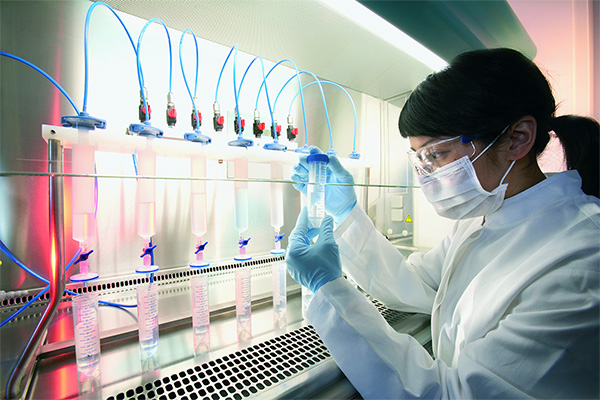About Mutaflor

In the human gut, E. coli is among the ‘first to come, and last to go’. It is the earliest colonizer in the newborn gut, and usually arrives when a newborn first encounters maternal E. coli in the vaginal tract during delivery.
Within the first 3 years of human life, a child’s gut microbiome goes through many changes related to growth and development, dietary changes, and lifestyle changes with maturity. This results in marked differences to the types and proportions of microbial flora from one period to the next. At around the 3-year mark a child’s gut microbiome stabilizes into that of the adult’s.
By this time, the earliest microbial flora have had the best opportunity to colonize and influence host development, affecting numerous aspects from immune responses and potential allergies, to moods and behaviours as well as dietary preferences, digestion, nutrition and even weight gain/loss. E. coli remains in the gut from childhood throughout adulthood and each of us has about 5 commensal strains of E. coli that reside in our lower gut at any one time.
Commensal E. coli are often harmless and symbiotic with us but they can be displaced in times of dietary/lifestyle changes, stress, antibiotic-use, and can even be turned into bad E. coli by adding/exchanging genetic material with viruses, pathogens and other E. coli. Bad E. coli can also arrive in the gut from diet and hygiene aspects, and attack gut cells resulting in symptoms like diarrhoea, fever, irritable/inflamed bowels all the way to serious complications like kidney damage and blood infections.
Good E. coli is hence integral to gut stability, especially if it can displace/protect against bad E. coli and pathogens while not turning bad itself. Good E. coli as a probiotic should also modulate immune functions, facilitate gut cell activities and reduce inflammation to maintain the gut barrier.
Despite specific strains of Lactobacillus and Bifidobacter being beneficial in probiotic preparations, these bacterial strains are often not significantly adherent to the intestinal cells and get passed out of the body easily if not destroyed by stomach acids and bile. They also do not colonize the same parts of the gut to the same degree as E. coli. Good E. coli in the form of Nissle 1917 remains the one and only supplemental E. coli with a beneficial niche in the lower gut of the human microbiome beyond any other probiotic preparation.
Nissle 1917 was discovered during the first World War when a German army medical officer Alfred Nissle discovered the isolate in the stools of a soldier from a military unit, who did not succumb to any form of severe diarrhoea despite the cholera and dysentery all around at the time and his comrades becoming ill. The scientific efforts to study the strain based on Professor Nissle’s work after the war continued to yield study after study that demonstrated the value of E. coli Nissle 1917 in the human gut, many of the references for which you can find here.
Today Nissle 1917 is the best investigated therapeutically useful E. coli strain worldwide. It is stocked in the German Collection of Microorganisms and Cell Cultures in Brunswick with it’s complete genomic DNA sequence recently published in 2014. To date, Nissle 1917 has been used in medicine with good tolerance and without interruption for almost 100 years.
Nissle 1917 is produced by Ardeypharma in Germany under Good Manufacturing Practice as a medical probiotic with the brand name Mutaflor®. It is exclusively made available in Singapore through Amber Compounding Pharmacy.
